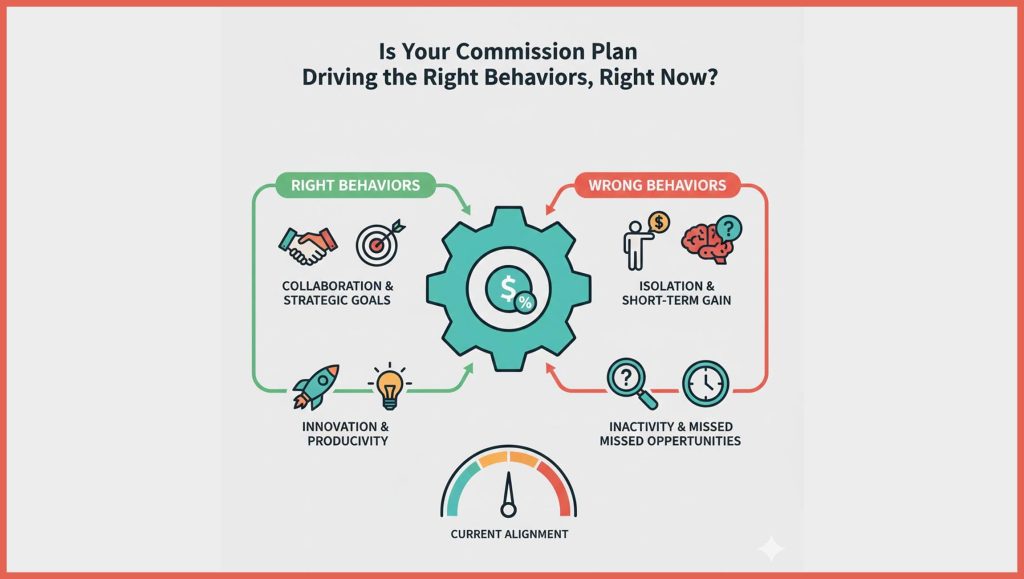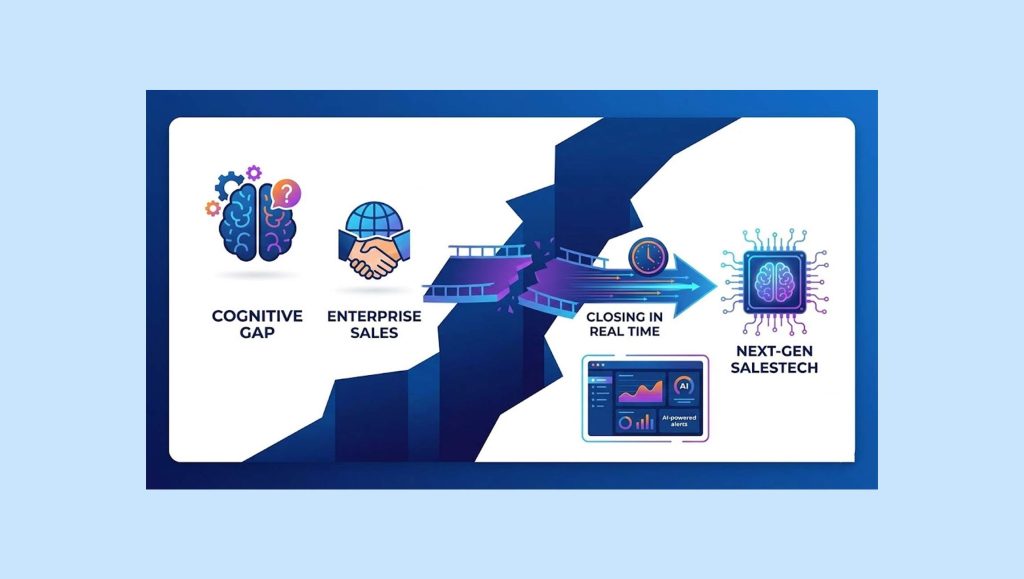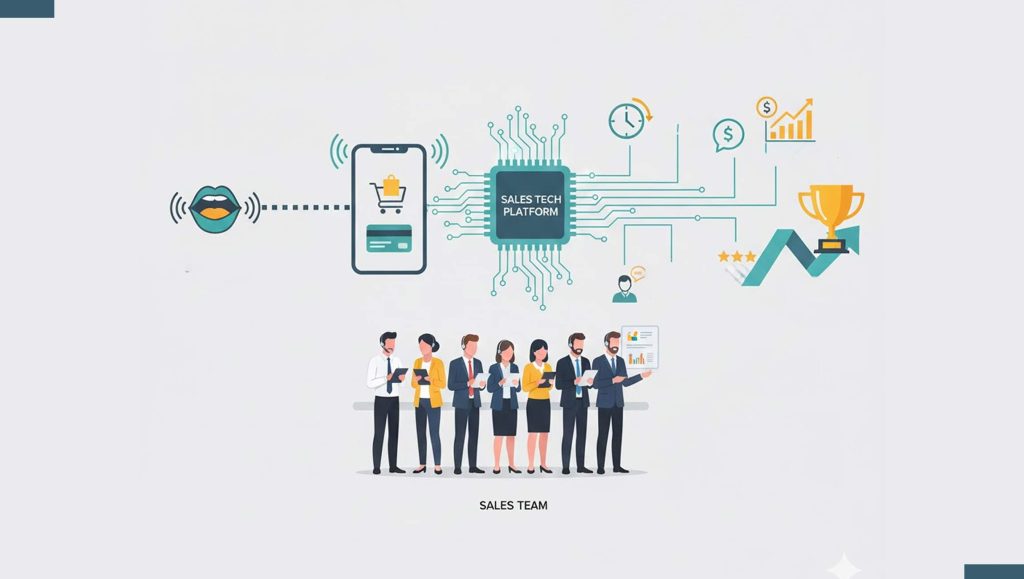Pitney Bowes , a global shipping and mailing company that provides technology, logistics, and financial services, released new findings from its BOXpoll consumer surveys as the end of the peak holiday shipping and returns season coincides with high inflation, continued supply chain pressures, and most U.S. states lifting mask mandates and COVID-19 restrictions. As consumers continue to adapt, some trends are beginning to emerge – including a renewed affinity for at-home delivery.
One of the hallmarks of the retail industry’s response to COVID-19 has been the proliferation of curbside pickup, which rose drastically from 7% in December 2019 to 44% by August 2020. Curbside pickup is an attractive option for many omnichannel retailers, allowing them to shift the cost and responsibility of final-mile delivery directly to consumers. During the height of the pandemic, and even the peak holiday shopping season, many consumers were happy to opt for curbside pickup to ensure timely receipt of their goods and to avoid being exposed to COVID-19 in crowded stores.
Read More: Sysdig Announces Global Channel-First Approach
“While consumers like curbside pickup for time-sensitive or bulky items, our research found that nearly two-thirds of consumers will generally choose home delivery over curbside pickup, despite having to wait”
However, at-home delivery remains king for shoppers. According to a recent BOXpoll survey, when it comes to how consumers want to collect their items, 64% prefer home delivery, while just 23% prefer curbside pickup when given a choice between the two options (12% had no opinion). The only category for which consumers preferred curbside pickup over home delivery was groceries (44% vs. 39%). In all other categories, no more than 25% of consumers preferred curbside pickup.
“While consumers like curbside pickup for time-sensitive or bulky items, our research found that nearly two-thirds of consumers will generally choose home delivery over curbside pickup, despite having to wait,” said Vijay Ramachandran, VP Market Strategy for Global Ecommerce at Pitney Bowes. “For digitally native brands and retailers without the ability to offer curbside, this creates an opportunity to compete with large-format chains.”
Read More: SalesTechStar Interview With Karam Malhotra, Partner And Global Vice-President At SHAREit Group
Baby Boomers have an especially strong preference for home delivery. Almost three-quarters of the demographic (73%) prefer delivery over curbside, and there was a 35% difference between those who are much more likely (54%) and those who are somewhat more likely (19%) to choose delivery.
The two factors that overwhelmingly drive a choice for home delivery over curbside pickup are free shipping and consumers becoming more flexible with delivery times. More than half (64%) of shoppers say that free delivery on home shipping influences their decision to use it instead of curbside pickup. Conversely, just 38% of consumers would opt for curbside pickup for online purchases (other than groceries) as a way to receive their items without paying for shipping. Thirty-seven percent of consumers would opt for curbside pickup to receive their item faster.






















